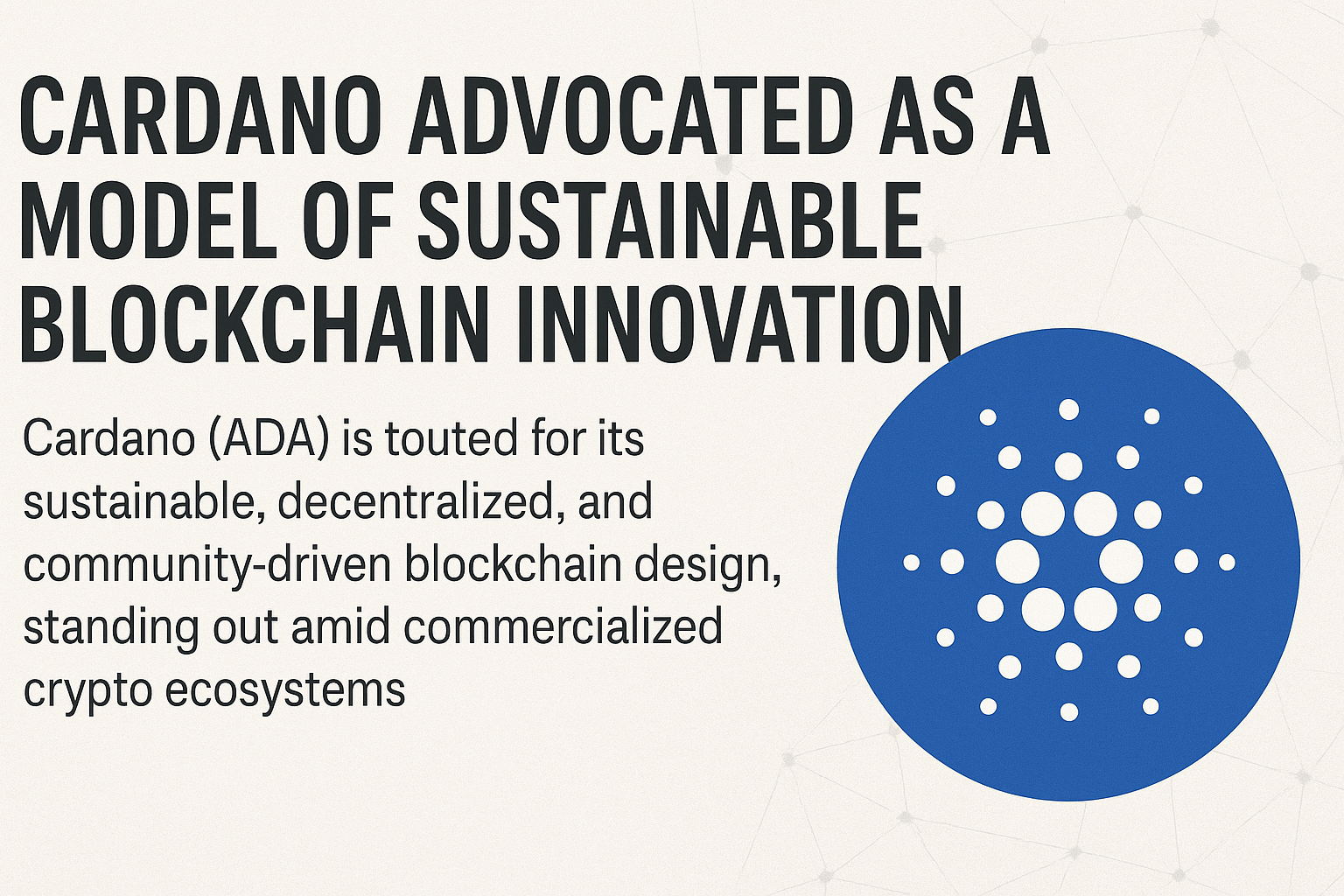In September 2022, Ethereum — the world’s second-largest blockchain network — completed one of the most ambitious upgrades in the history of decentralized technology: its long-anticipated transition from proof-of-work (PoW) to proof-of-stake (PoS). This milestone, known as The Merge, was not only a technical marvel but also a huge leap toward sustainability, as it slashed Ethereum’s energy consumption by more than 99%.
Why Was the Transition Needed?
Under the original PoW system, Ethereum, like Bitcoin, relied on thousands of miners competing to solve complex mathematical puzzles to validate transactions. This process required vast amounts of computational power and, consequently, enormous energy consumption. According to estimates, before The Merge, Ethereum’s energy use was comparable to that of a mid-sized country.
With growing concerns over the environmental impact of blockchain technologies, particularly as NFTs (non-fungible tokens) and decentralized applications (dApps) gained popularity, Ethereum faced increasing pressure from both its community and the wider public to find a greener alternative.
How Proof-of-Stake Changed Everything
Proof-of-stake replaces miners with validators. Instead of consuming electricity to solve puzzles, validators are chosen to propose and validate new blocks based on the amount of ETH they have staked (locked up as collateral). This model eliminates the need for energy-intensive mining hardware, drastically reducing power consumption.
After the transition, Ethereum’s total energy usage dropped by an astonishing 99.95%. To put that into perspective: if Ethereum previously consumed the same energy as Finland, it now uses about as much as a small town. This makes it one of the most energy-efficient blockchains supporting smart contracts at scale.
The Environmental Impact on NFTs and dApps
Ethereum’s greener footprint has profound implications for the future of NFTs and dApps:
-
NFTs: Artists, collectors, and marketplaces can now mint, trade, and showcase NFTs without the guilt of significant carbon emissions. This shift opens the door for wider adoption among eco-conscious creators and consumers.
-
dApps: From decentralized finance (DeFi) to gaming platforms, developers can build and operate applications on Ethereum without contributing to large-scale environmental harm.
The shift has already started to reshape public perception of blockchain technology, moving the narrative from “energy guzzler” to “sustainable innovation.”
What Comes Next?
Ethereum’s PoS system lays the foundation for future upgrades aimed at improving scalability and reducing transaction fees — such as sharding. As the network evolves, it continues to balance decentralization, security, and sustainability in a way that few other blockchains have managed.
The transition to PoS is a reminder that technology can adapt to meet the needs of our planet. As Ethereum pioneers a low-energy future, it sets a powerful example for other blockchains to follow.




